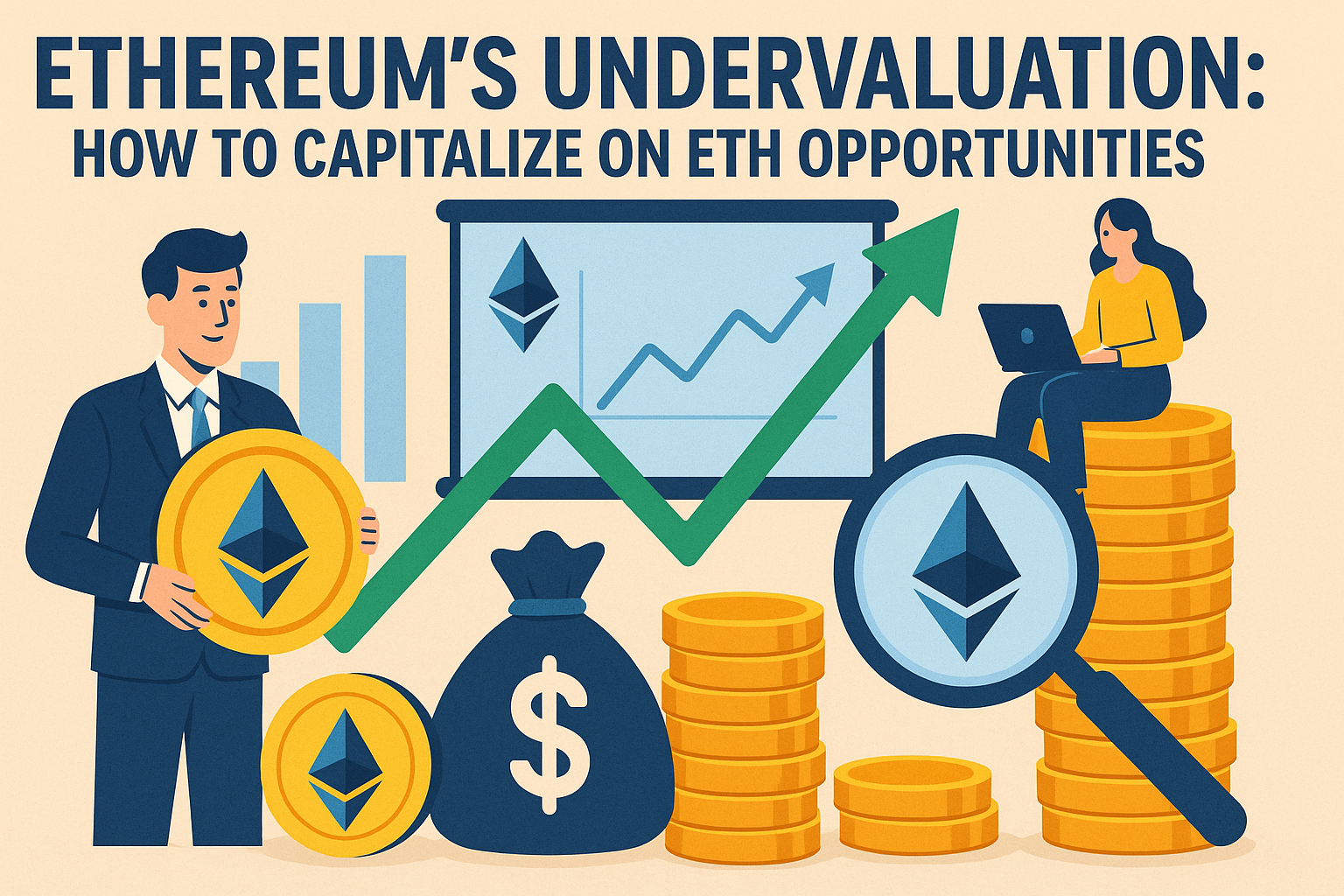Table of Contents
Ethereum stands as a monumental figure in the landscape of cryptocurrency and blockchain technology. Since its inception, it has captivated the attention of investors, developers, and laypeople alike. Its inherent versatility has made it more than just a digital currency; it serves as a platform that fosters decentralized applications, smart contracts, and a wide array of innovative features.
As we peer into the future, it becomes increasingly vital to assess the trajectory Ethereum may take. This article aims to delve into Ethereum's potential evolution over the next five years, touching upon technological advancements, economic impacts, regulatory landscapes, and its emerging role in online entertainment. Armed with this knowledge, we can better understand the opportunities and challenges that lie ahead in this exciting frontier.
Technological Developments
As Ethereum continually evolves, technological advancements form the crux of its future potential and challenges. The onset of Ethereum 2.0 is perhaps the most significant milestone on the horizon. This transition to a Proof of Stake (PoS) consensus algorithm from the existing Proof of Work (PoW) aims to offer substantial improvements in scalability, energy efficiency, and transaction speed. The initiative is a multi-phased rollout, involving various updates that are designed to transition the network smoothly and mitigate risks.
While Ethereum 2.0 is a prominent focal point, Layer 2 scaling solutions are also capturing attention. Technologies like rollups, state channels, and Plasma promise to handle a higher volume of transactions while significantly reducing the associated costs. These Layer 2 solutions operate atop the Ethereum mainnet, offering a complementary pathway to scalability without compromising security.
Moreover, smart contracts, which are self-executing contracts with the terms of the agreement written into lines of code, continue to be a major feature of Ethereum. Innovations in this sphere are expected to enhance security protocols, introduce new functionalities, and make these contracts more adaptable to complex real-world scenarios. Thus, the technological landscape of Ethereum is an amalgamation of several interconnected advancements, each contributing to the platform’s robustness and versatility.
Ethereum in Online Entertainment
The ripple effects of Ethereum's capabilities are being profoundly felt in the sphere of online entertainment. One of the most intriguing developments is the tokenization of in-game assets in video games. Using Ethereum-based tokens, game developers can create in-game economies that allow players to genuinely own, trade, and sell their digital assets. This not only enriches the gaming experience but also opens doors for gamers to monetize their skills and resources.
Microtransactions are another area where Ethereum is making significant strides. Traditional payment systems often have high fees and limitations that make small transactions economically impractical. Ethereum's low-cost, high-speed transactions are disrupting this paradigm, enabling microtransactions that can facilitate new kinds of decentralized digital economies. Think about tipping your favorite musician during a virtual concert, purchasing a single article from a digital newspaper without needing a subscription, or using Ethereum slots.
Furthermore, Ethereum is becoming an integral part of emerging online experiences, such as virtual concerts, decentralized social networks, and even virtual reality platforms. The blockchain's transparent and secure architecture enables new business models, fan interactions, and types of community engagement that are redefining the very essence of online entertainment.
Economic Impact
Ethereum's economic footprint is poised for significant expansion in the coming years. Market analysts frequently project bullish trends for Ethereum's market capitalization, fueled by its versatile use cases and widespread adoption. A shift towards Ethereum 2.0, for instance, could act as a catalyst for greater investment, attracting not just individual crypto enthusiasts but also institutional investors seeking diversification and higher returns.
Another significant economic driver is Ethereum's influence on the burgeoning decentralized finance (DeFi) sector. As the platform of choice for most DeFi projects, Ethereum has already begun reshaping how we think about financial services and products. From lending and borrowing to insurance and asset management, Ethereum-based DeFi platforms are offering decentralized alternatives to traditional financial systems. As these platforms mature, they may lead to more widespread adoption, pulling even traditional finance actors into the fold.
Moreover, Ethereum is progressively being seen as a viable asset class in traditional investment portfolios. Its non-correlation with conventional markets like stocks and bonds offers a diversification avenue that is increasingly being acknowledged by financial advisors. In summary, Ethereum's economic impact transcends its identity as a cryptocurrency and stands to redefine various financial sectors, from personal investment to global financial services.
I hope this extended section offers a deeper insight into the potential economic impact of Ethereum over the next five years. Would you like to see any more modifications, or does this meet your expectations?
Regulatory Landscape
In the rapidly evolving landscape of cryptocurrencies and blockchain technology, regulatory oversight is a subject of ever-growing importance. For Ethereum, current regulations remain a mix of existing financial laws and emerging legislative frameworks tailored to digital assets. Organizations like the U.S. Securities and Exchange Commission (SEC) have been cautious about labeling Ethereum as a security, allowing it a relatively more flexible operational arena compared to more constrained digital assets.
However, this status is far from static. With cryptocurrencies becoming increasingly mainstream, there's growing pressure from lawmakers to bring Ethereum under a more stringent regulatory framework. This could involve new tax implications, reporting requirements, and compliance standards aimed at protecting investors and ensuring financial stability. In some scenarios, tighter regulations could legitimize Ethereum's standing in traditional financial ecosystems, making it more attractive for institutional investors. On the flip side, heavy-handed legislation could stifle innovation and discourage participation from individual investors and small-scale developers.
Internationally, the regulatory landscape is even more diverse. Some countries are embracing Ethereum and other cryptocurrencies, while others are imposing bans or severe restrictions. Such a fragmented regulatory environment poses challenges for Ethereum's global interoperability and adoption.
Social and Cultural Influence
Ethereum's influence extends far beyond the technical and economic spheres; it also leaves an indelible imprint on social and cultural paradigms. Non-Fungible Tokens (NFTs), for instance, have become a cultural phenomenon, disrupting the traditional art world and democratizing ownership. NFTs have given digital artists the ability to mint unique, verifiable works of art that can be sold or auctioned on Ethereum-based platforms. This not only validates digital art as a legitimate form of artistic expression but also creates new revenue streams for artists who had previously found it difficult to monetize their work.
Beyond art, Ethereum has introduced the concept of social tokens and decentralized autonomous organizations (DAOs). These innovations empower communities by giving them tokens that represent a stake in a collective decision-making process. Whether it's voting on the allocation of community resources or directing the future of a platform, social tokens are turning users into stakeholders. This marks a profound shift in how communities can be organized and governed, decentralizing authority and creating more equitable forms of participation.
Additionally, philanthropy is being reimagined through Ethereum. Charitable organizations are adopting blockchain technology for transparent, tamper-proof donation tracking, thus increasing accountability and encouraging more people to contribute to social causes.
Conclusion
As we look toward the next five years, Ethereum stands at the intersection of promise and uncertainty. Its technological advancements hint at a future where decentralized platforms could rival traditional centralized systems. The economic implications stretch far beyond mere investment, touching on how we conduct business, manage assets, and even how we entertain ourselves. However, like any disruptive technology, Ethereum faces its set of challenges, ranging from regulatory hurdles to technical limitations.
Yet, what remains clear is that Ethereum is far from a fleeting phenomenon. It holds the potential to shape our digital future in ways we are only beginning to understand. Hence, keeping a close eye on its evolution is not just an option; it's a necessity for anyone interested in the transformative power of blockchain technology.








